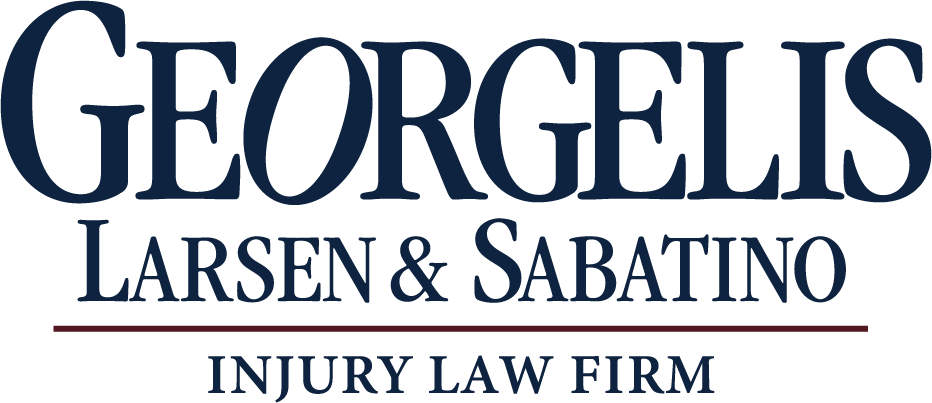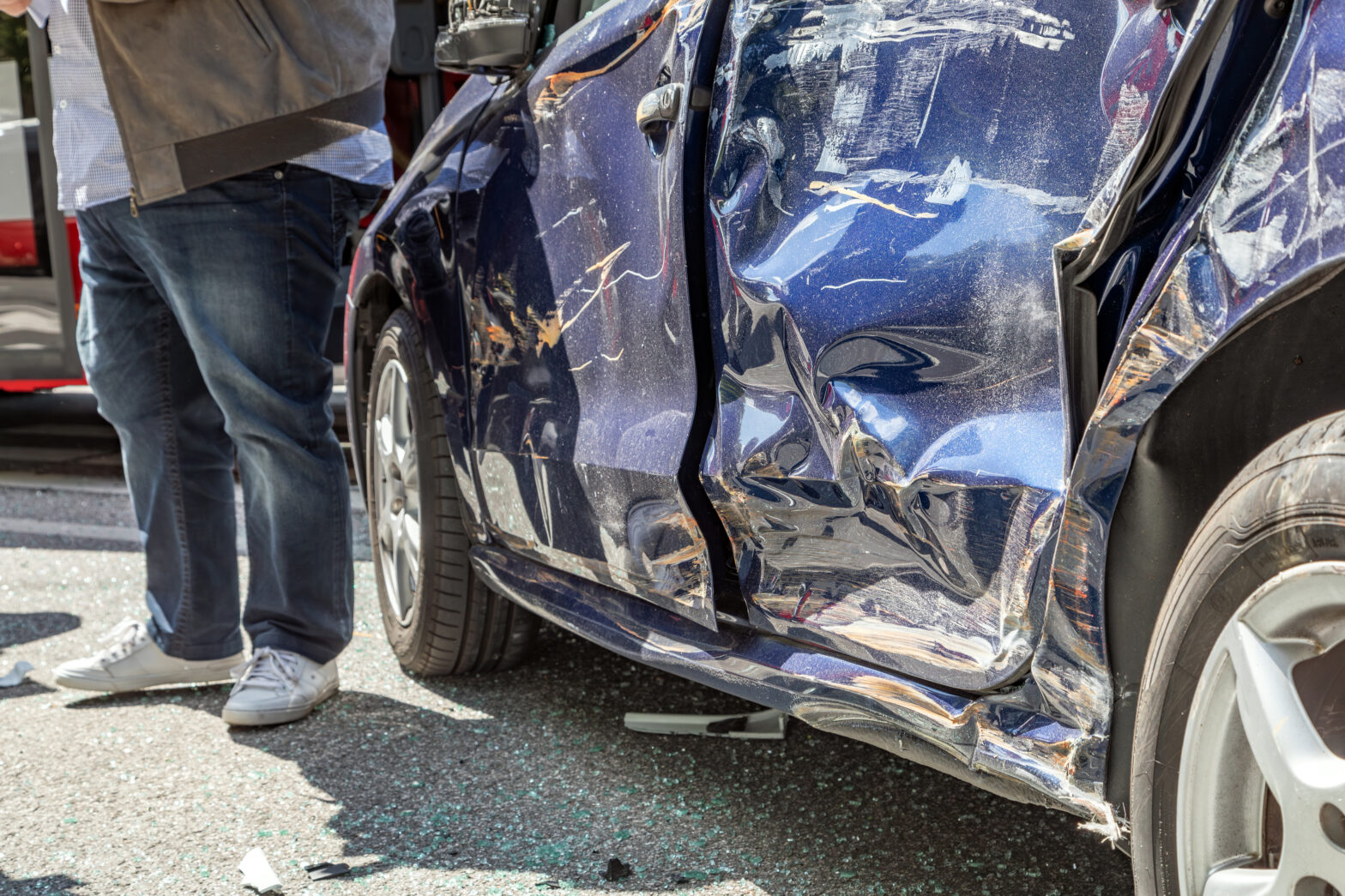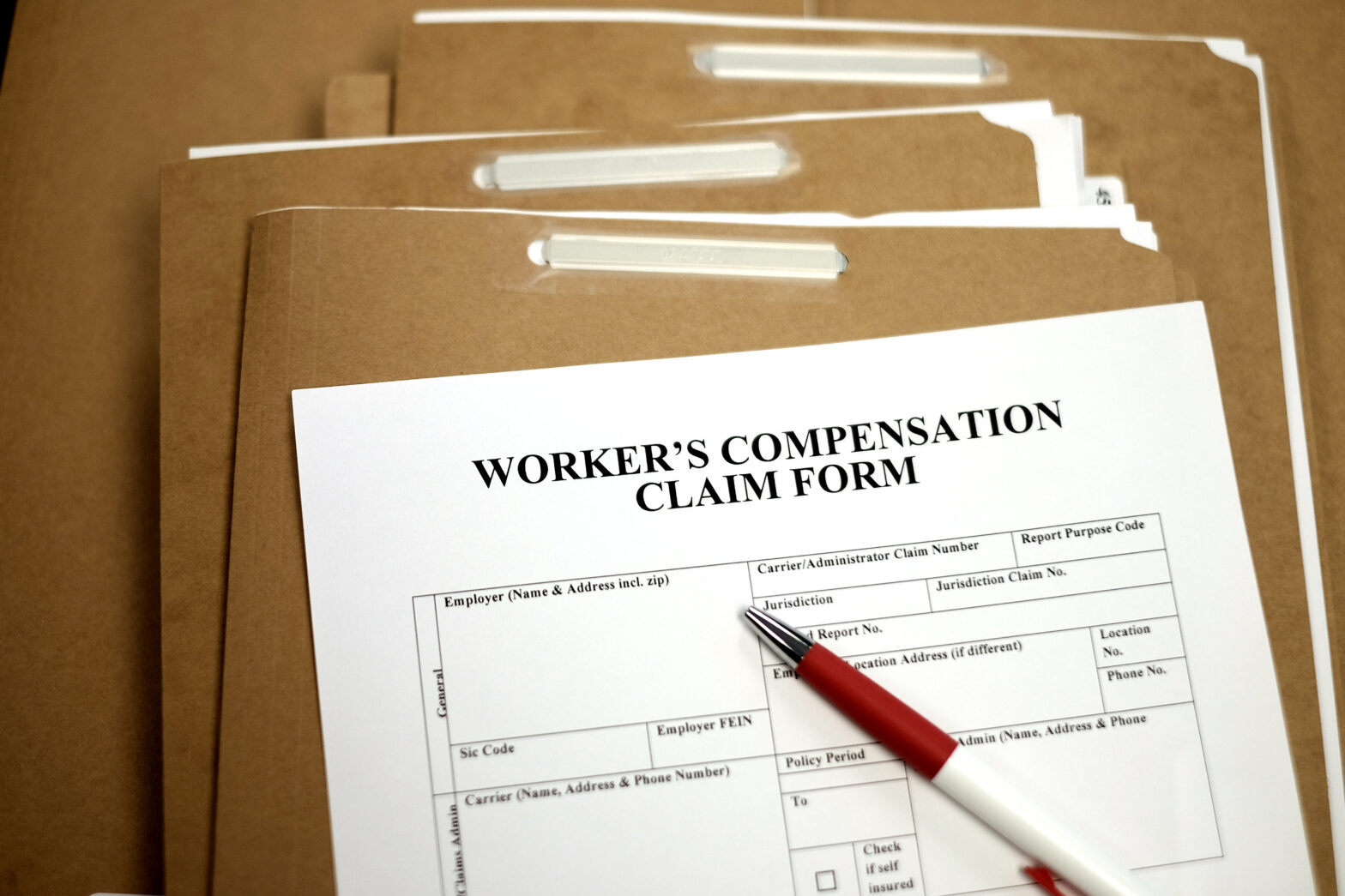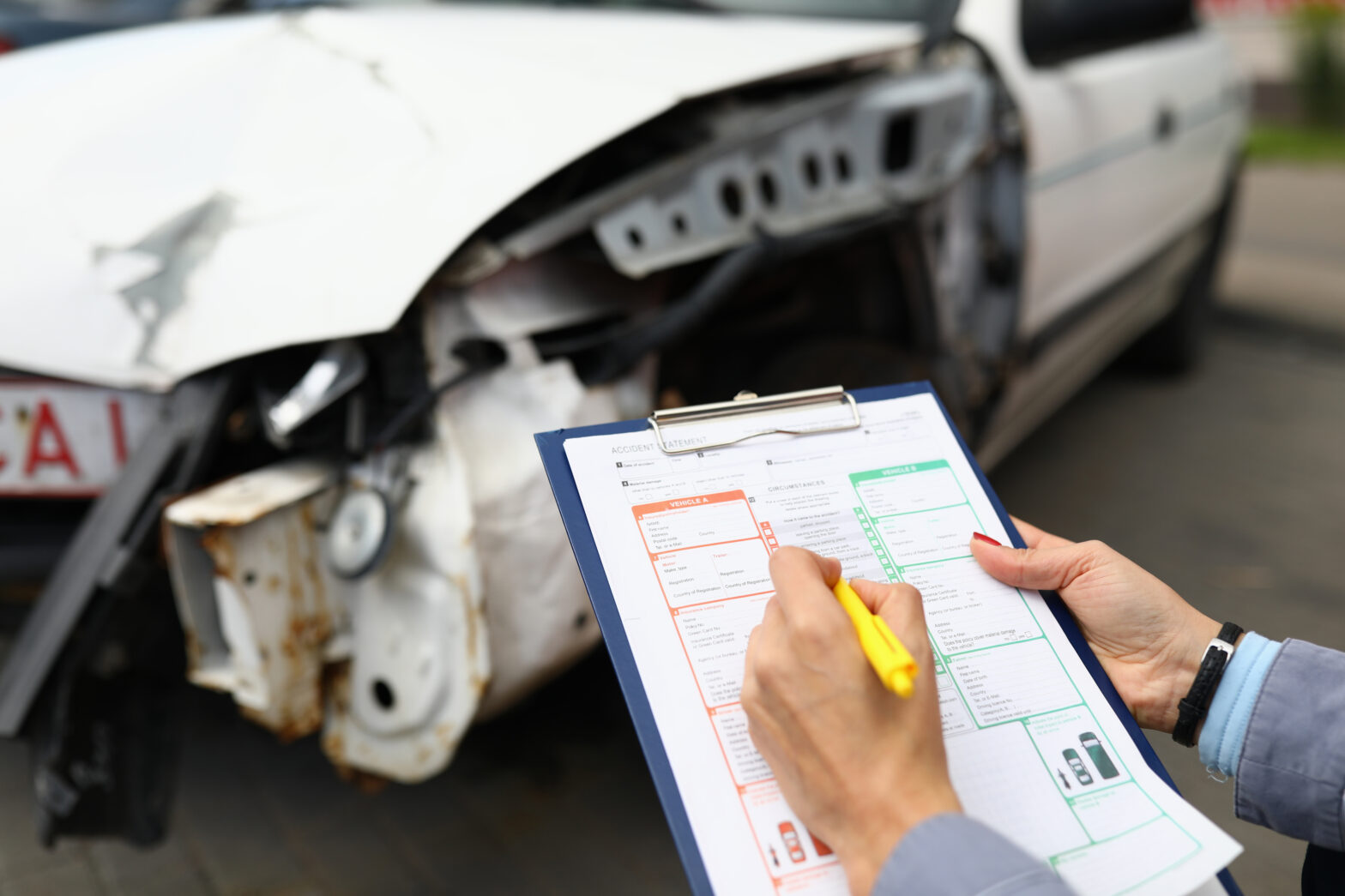Most Dangerous Toys: a holiday gift guide
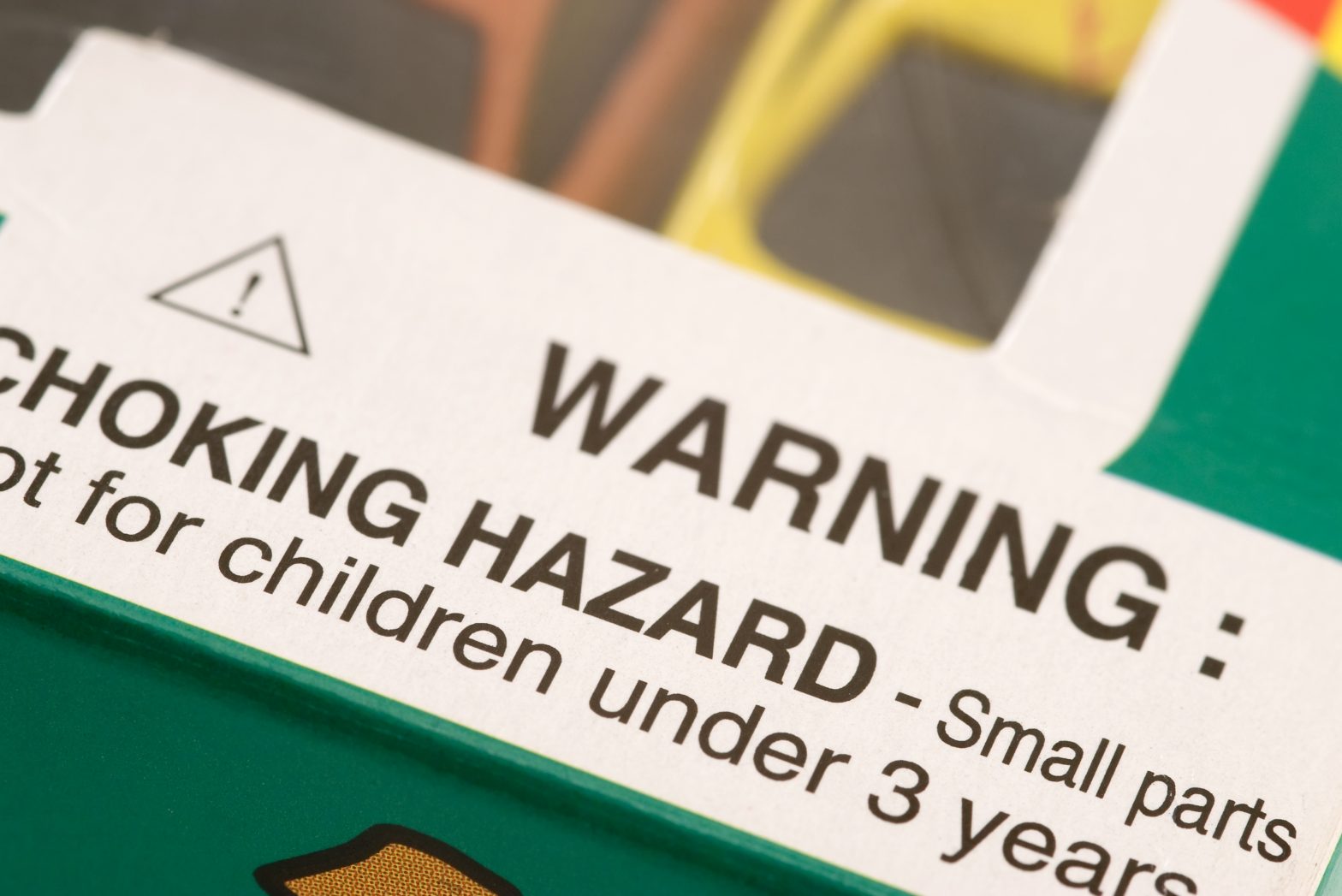
With Black Friday and Cyber Monday behind us, many parents have checked off some big items on their child’s wish-list. But, before allowing your little ones dive in, there are some things to consider regarding safety that not even the best-intentioned parent thinks about. We’re going to take a look at some of the most dangerous toys on the market today, how injuries can happen due to poor labeling and product defects, and offer a parent checklist for toy safety—all to ensure the holidays are safe and enjoyable for everyone.
- Most Dangerous Toys
- Product Defects
- Checklist for Toy Safety
While there are a lot of regulations in place to protect kids against injuries from toys, accidents happen every day. In fact, the U.S. Consumer Product Safety Commission reports there were 251,700 toy-related emergency department-treated injuries and 13 deaths in 2017 in children younger than 15.
Most Dangerous Toys
Before handing out gifts this holiday season, parents should know which toys pose the greatest risks to children.
Riding Toys, specifically non-motorized scooters, is the toy category associated with the most injuries and nearly half of all toy-related deaths. Most of the injuries involved cuts and bruises to the head and face, while the fatalities involved motor vehicles. When purchasing a riding toy, parents should consider safety gear that should go along with the toy. A proper-fitting helmet is one of the most important items a parent should provide and enforce for any child or teen riding a scooter, wagon, tricycles or other ride-on toys.
Magnetic Building Sets use powerful magnets that are strong enough to pose serious health risks. Unlike other small objects that pose choking hazards, magnets pose a different threat. They can’t easily pass through the digestive system and can connect with each other through tissue walls, cutting off blood supply to vital organs.
The American Academy of Pediatrics says parents should keep products with small or loose magnets away from their young children, parents should avoid magnet sets of 100 or more, and they should talk to their older children and teens about the dangers associated with using magnets as fake piercings in their mouths or noses.
Pull Toys are another leading cause of injury and death among children. The classic puppy on a leash, a telephone with a cord, or animals making up a train—toddlers love them and so do retailers. Despite many of these toys ending up on store shelves, many don’t meet regulations that prevent them from being a choking hazard. Industry safety standards indicate strings on pull toys shouldn’t be longer than 12 inches.
Dollar-bin Toys make great stocking stuffers, but the small cost may come at a big price. Toxic levels of lead, chromium and phthalates all have serious, long-term effects on a child’s development. Unfortunately, many toys found at discount stores contain higher than legally allowed levels of these chemicals.
Most of these items come from one place—a wholesale market in China. Jewelry, silly straws and wall stickers are among the items that have been noted in many consumer reports to contain high levels of toxic chemicals.
Small figurine sets can be a big hit for children who have a favorite TV show or movie. But these pocket-sized versions of their favorite character also pose a major choking hazard. Many of these characters come with small accessories and that can often lead to a visit to the ER. Choking is the leading cause of toy-related deaths, that don’t involve motor vehicles.
If a toy seems to have small parts, but doesn’t have a warning label, it is best not to buy them for children under the age of three. The U.S. Consumer Product Safety Commission defines small parts as anything that fits into its “choke test cylinder.” The cylinder the commission uses is approximately 1.25 inches in diameter—the approximate size of the throat of a child under the age of three. Parents who are unsure can use a paper towel tube to test the size. Anything that fits inside the tube is a potential choking hazard.
Product Defects
Many toy-related injuries and deaths could be prevented with better designed and manufactured toys. The high number of toy recalls each year is a reminder that not all toys are safe. The CPSC reports in 2017, there were 28 toy recalls. The two years prior show an estimated 3.5 million units of toys recalled in the U.S. and Canada.
The recurrence of many known hazards in toys shows the system in place to ensure toys are safe, is broken. Product defects and poor labeling continue to be a problem in a toy industry that generates approximately $26 billion dollars in sales annually across the nation.
Checklist for Toy Safety
The CPSC urges parents to check their homes and toy boxes regularly for toys that may be unsafe. Going through the following checklist for toy safety can go a long way in helping parents choose safe toys this holiday season.
- Make sure toys are age appropriate. There’s a reason for age guidelines on toys, and ignoring them can put a child in a bad situation.
- Pay attention to product recalls. With online sales expected to surge 17 to 22 percent this holiday season, parents are often picking up secondhand toys that aren’t currently in stores. Online sales open the door to the purchase of recalled toys and toys with proven defects. Parents should do their homework before making the purchase. The CPSC has a database of all toy recalls.
- If a deal seems too good to be true, it probably is. The low price tag on the bargain item could mean it’s a poorly constructed toy or a toy that contains toxic materials.
- Register new toys. By taking just a few minutes to fill out the registration card that’s found in toy packaging ensures you’ll be notified in the event of a product recall.
Manufactures have a responsibility to keep consumer safe, but unfortunately, that doesn’t always happen. If you or someone you know was injured because of a defective product, Call Georgelis First.
Our experience personal injury attorneys at Georgelis, Larsen & Sabatino Injury Law Firm, P.C. will help you determine if you have a product liability case because of a defective product. We’ve helped many others…and have secured millions of dollars for accident victims. Call Georgelis First at 1-800-HURT-NOW.
We’re available 24/7 and will come to you for a free consultation. We never collect a fee unless we get money for you. Contact us today and we’ll handle everything from there!
